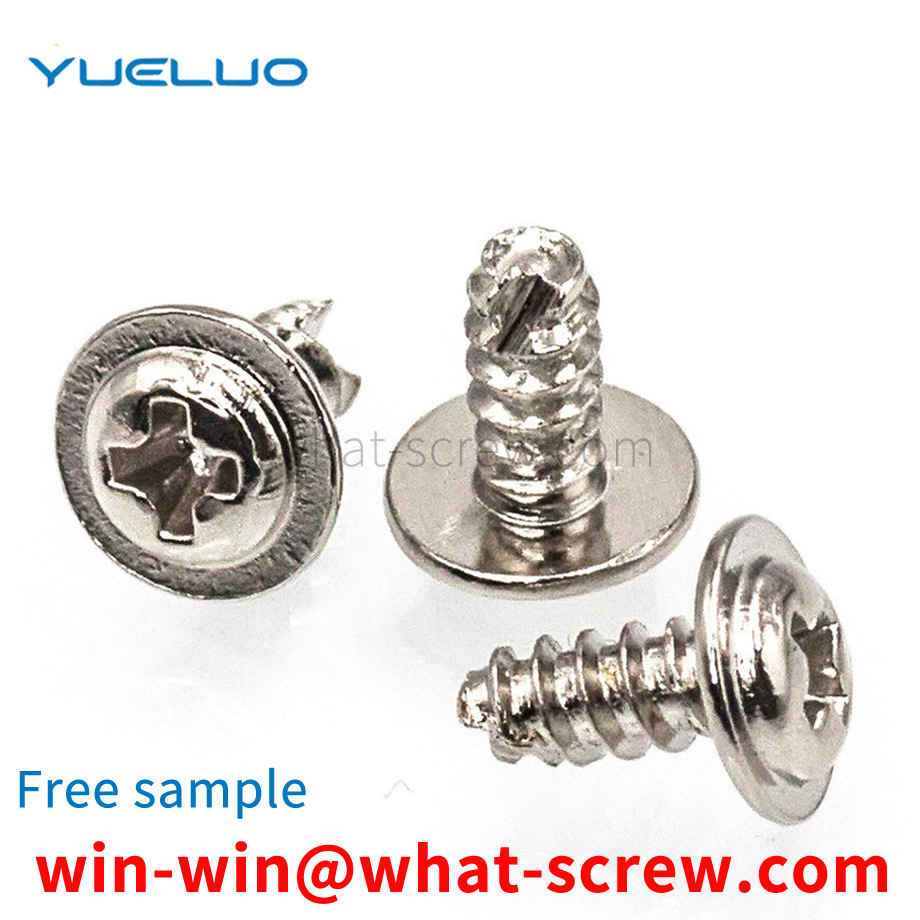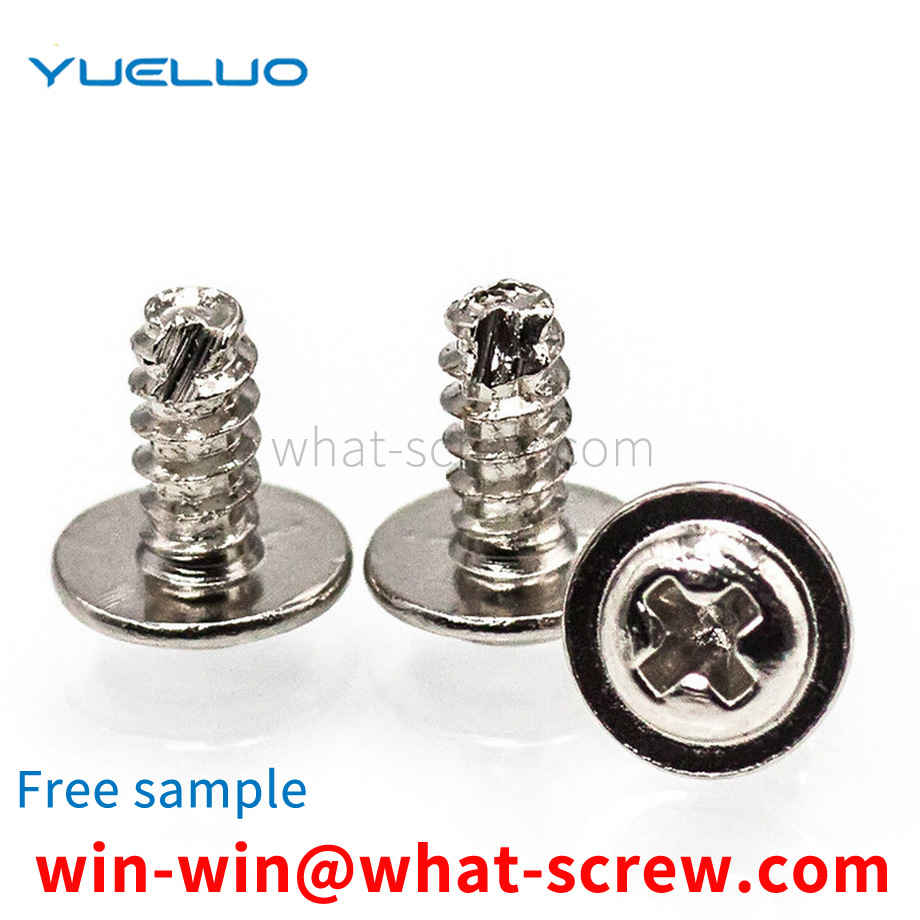3. Friction coefficient The friction angle is an important factor affecting the torque, and the existence of friction is the basis for the normal operation of the lock nut. When the lock nut is working, the contact surface has pressure and friction under the action of the elastic restoring force of the thread piece. During the repeated use, the rough position and edges and corners of the contact surface are ground and smoothed under the action of cyclic friction. The coefficient of friction becomes smaller, which in turn reduces the maximum unscrewing torque of the nut.
When the tightening effect is achieved by the nut, it is often necessary to use a wrench to fix the nut or turn the nut to achieve the fixing effect. During the use process, the size of the nut is fixed, so it is necessary to use the corresponding type of wrench and the corresponding nut. In the tightening operation, during the installation process, the size of the wrench is large, that is, the nut cannot be manipulated, and it takes time to find a suitable wrench, which is inefficient.
The retaining ring is divided into two types: shaft use and hole use. Its structural characteristics: The shaft retaining ring is a kind of retaining ring installed on the shaft groove, which is used for positioning and fixing of shaft end parts, and can withstand severe vibration and shock loads, but It is necessary to take anti-loosening measures and installation positioning; the hole is installed in the circular hole with an elastic retaining ring, which is used for the axial movement of the fixed parts. The outer diameter of this retaining ring is slightly larger than the diameter of the assembly circular hole.
The technical scheme of Guangdong Yueluo Hardware Industry Co., Ltd. is: an eccentric rivet, comprising: a head, a middle part connected with the head at one end, and a tail connected with the other end of the middle part, wherein the center line of the head is connected with the tail center lines are parallel.
Stud bolts generally need to be surface treated. There are many types of bolt surface treatments. Generally, electroplating, blackening, oxidation, phosphating, and electroless zinc flake coating are commonly used. However, electroplated fasteners account for a large proportion of the actual use of fasteners. Especially in automobiles, tractors, home appliances, instrumentation, aerospace, communications and other industries and fields are more widely used. However, for threaded fasteners, not only a certain anti-corrosion capability is required in use, but also the interchangeability of threads must be ensured, which can also be called screwability here. In order to meet the dual-use performance of anti-corrosion and interchangeability required by threaded fasteners in use, it is very necessary to formulate special plating standards. GB/T5267.1-2002 [Threaded fastener electroplating layer] standard is one of the national standards fastener surface treatment series of standards, the standard includes: GB/T5267.1-2002 [fastener electroplating layer]; GB/T5267.2-2002 [Electrolytic zinc flake coating for fasteners] Two standards. This standard is equivalent to the international standard ISO4042; 1999 [Threaded fastener electroplating layer]. This standard replaces the GB/T5267-1985 [Threaded Fastener Electroplating Coating] standard.
We have many years of experience in the production and sales of screws, nuts, flat washers, etc. The main products are: Phillips screws, heavy-duty washers, GB873 hollow core nails, red copper flat head rivets, 4.8 grade spring washers and other products, we can provide you with suitable for your fasteners Firmware Solutions.



















 Service Hotline
Service Hotline




